A Star that never Flickers - Alphonse Mucha Rekindled
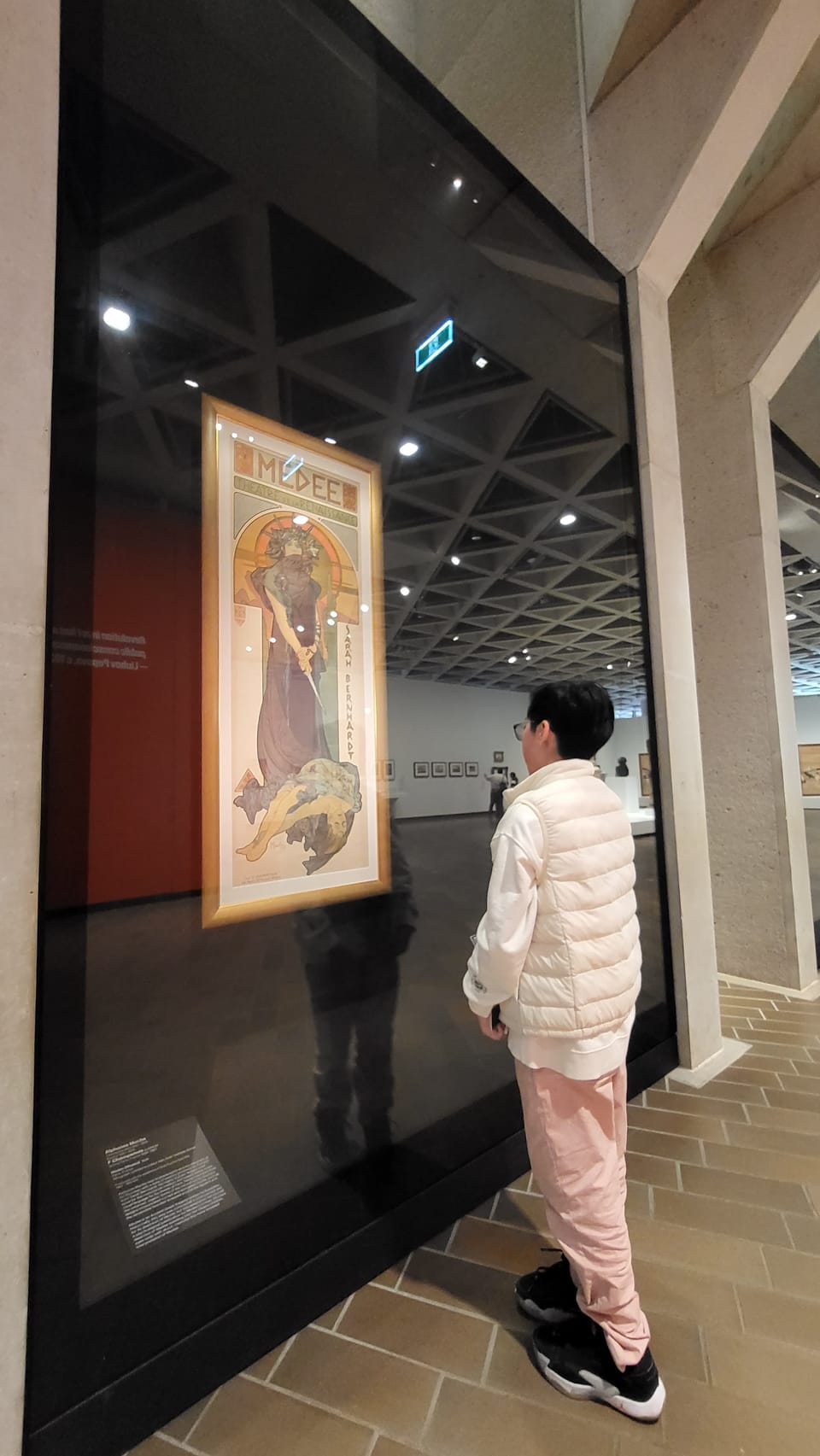
On the carpet of viridian grass in front of a church, a small boy with his plump fingers swerves his pencil over his paper, occasionally cocking his head up to a statue of crucifixion. The little boy wags his head, humming, as a voice rings out behind him.
“Alphonse! It’s high time you are at home!”
The little boy looks up with twinkling eyes and voice trilling. “Just a bit longer, mummy, until I finish drawing Jesus!”
Alphonse’s mother smiles. The boy continues humming and rolling his head, as he blows over his drawing, dusting it. As he trotted to his mother, little did the boy know that he would live on to father the Art Nouveau movement: this was the beginning of Alphonse Mucha.
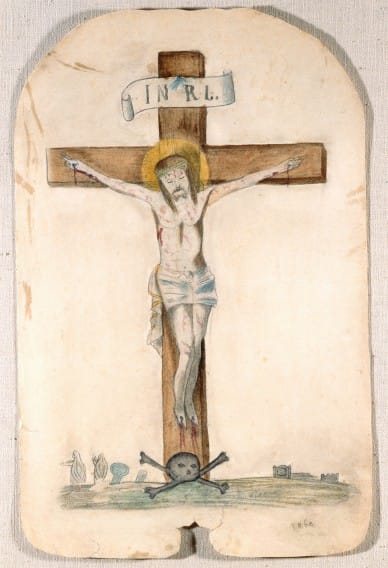
While Alphonse’s dream was that of attending an art school, his unique alto voice captured many hearts and eyes, joining multiple choirs offered by his music school. He used this musical talent to try and find employment as an artist, ultimately designing scenery sets and his talents were recognised by a Count. However, there was one more surprise under the tree for Mucha, a day after Christmas.
On 26th December, the telephone rang inside a publishing firm in Paris. The manager kicked his legs onto the table as he sighed into the receiver. On the other line, internationally acclaimed French actress Sarah Bernhardt was demanding a poster for her latest show Gismonda. All the regular artists were off-site for Christmas, yet Mucha happened to be at the firm correcting proofs: Mucha took the job. Although the short notice offered less detail than Mucha originally planned, he introduced light colours, haloes, and assorted coloured circles, a most peculiar poster. He produced the first life-size poster by gluing and taping two normal-size posters together for Sarah Bernhardt.
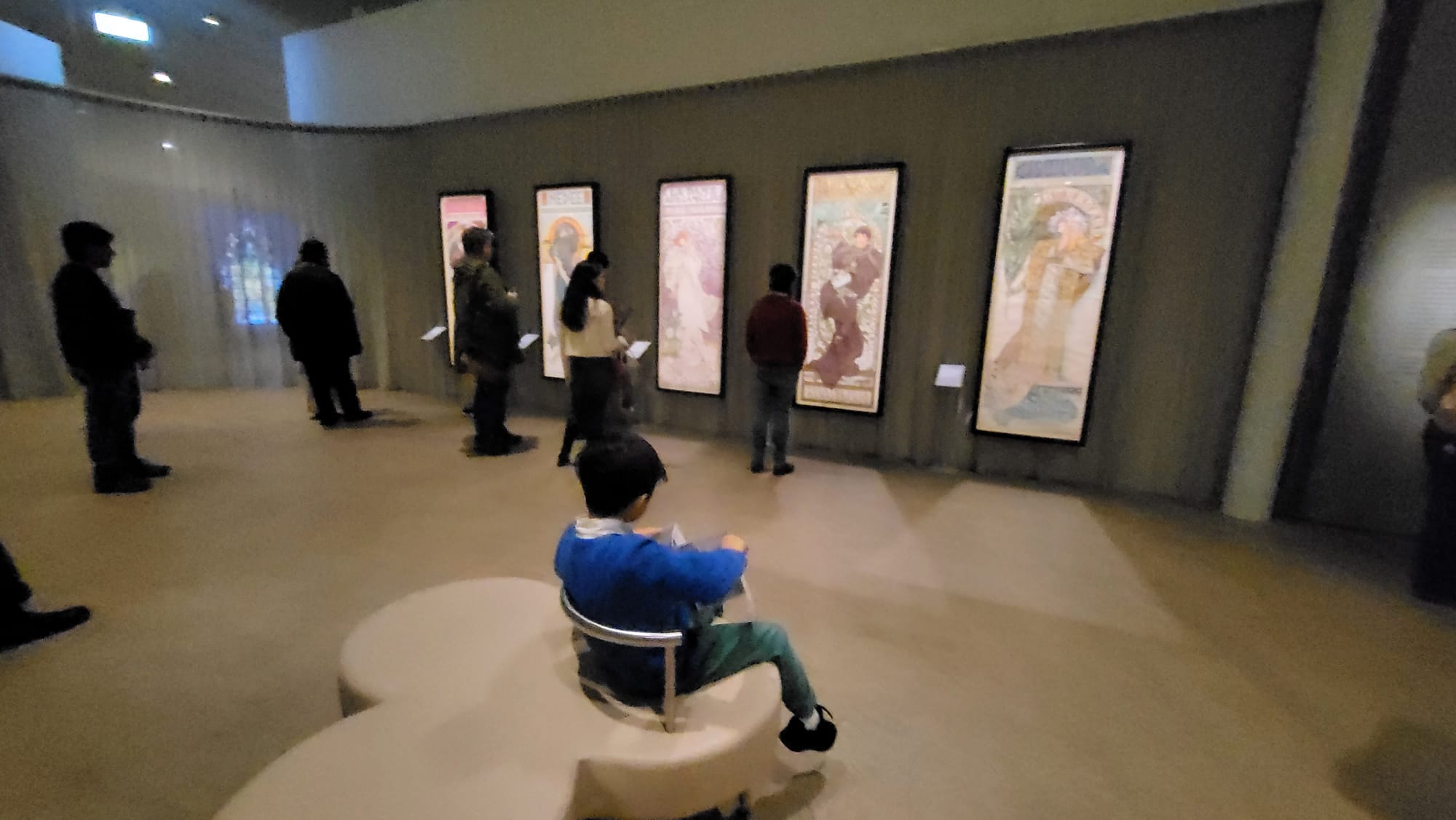
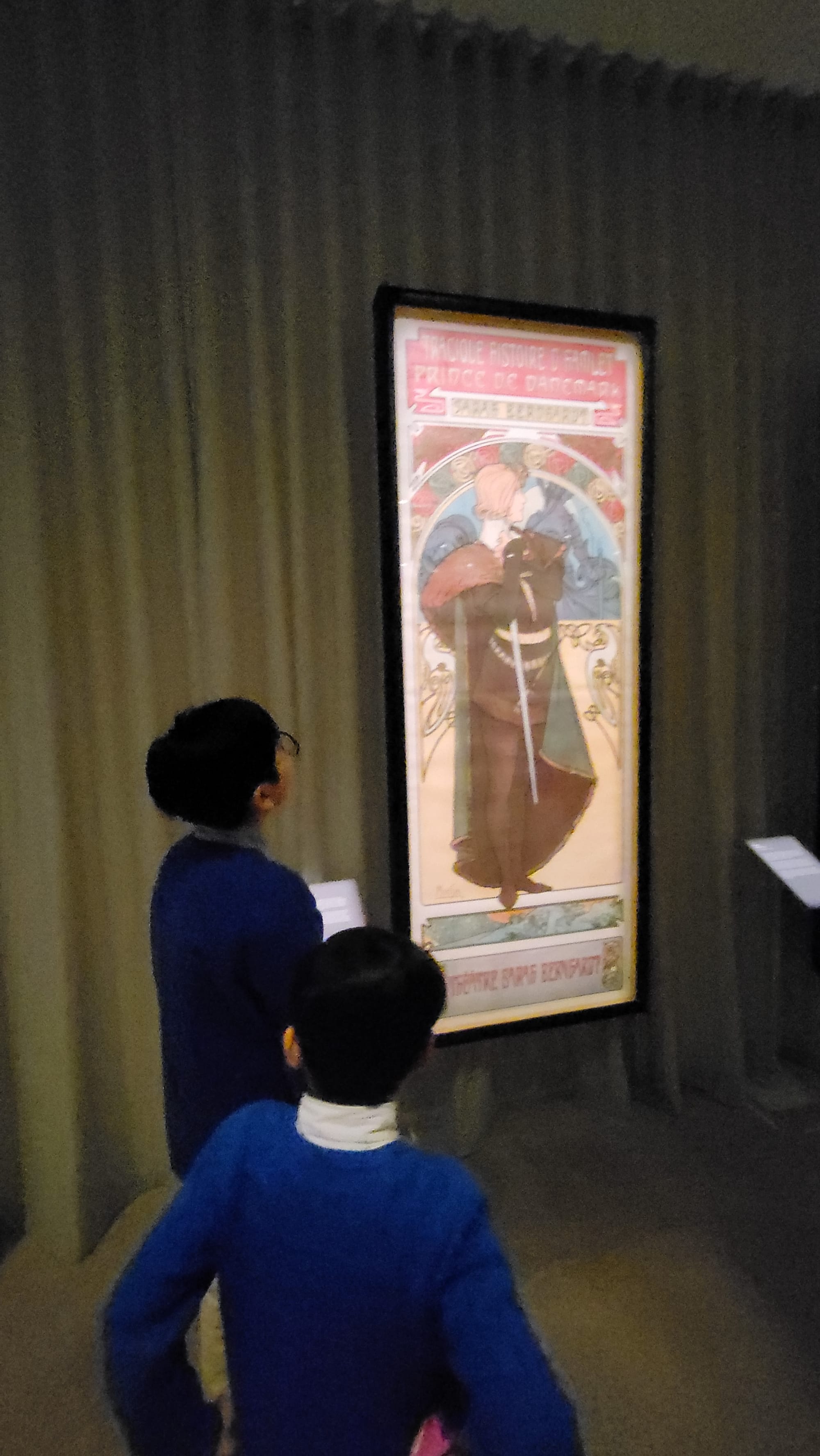
Sarah Bernhardt's Posters
Yet, his posters were stolen from walls as a new addition to tapestries and Theatre Renaissance’s Gismonda was overbooked. Flustered by the sudden acclaim, Mucha and Bernhardt arranged for a 6-year contract. He continued designing revolutionary posters for Bernhardt but also those for companies such as Nestle and Moet & Chandon.
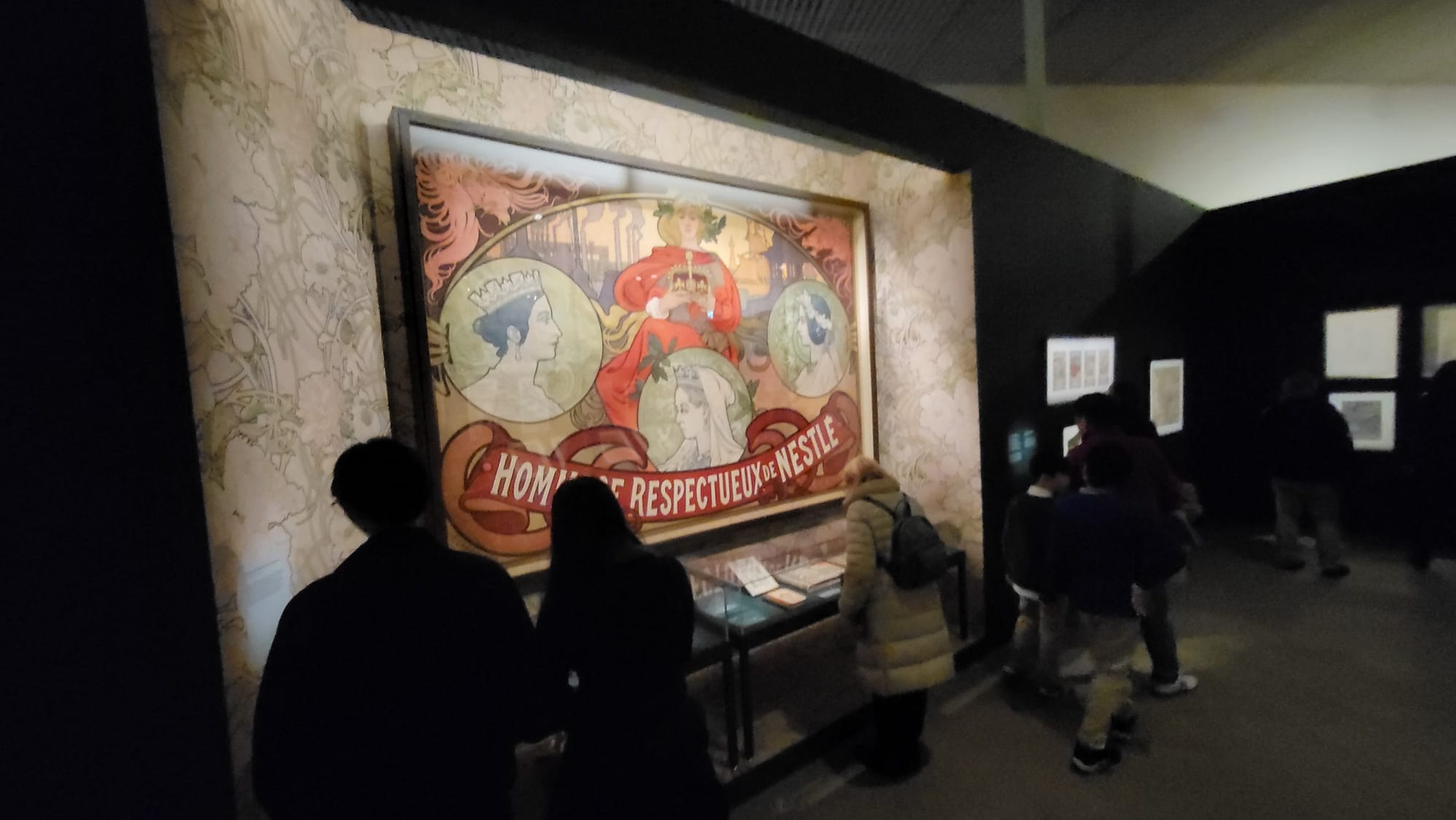
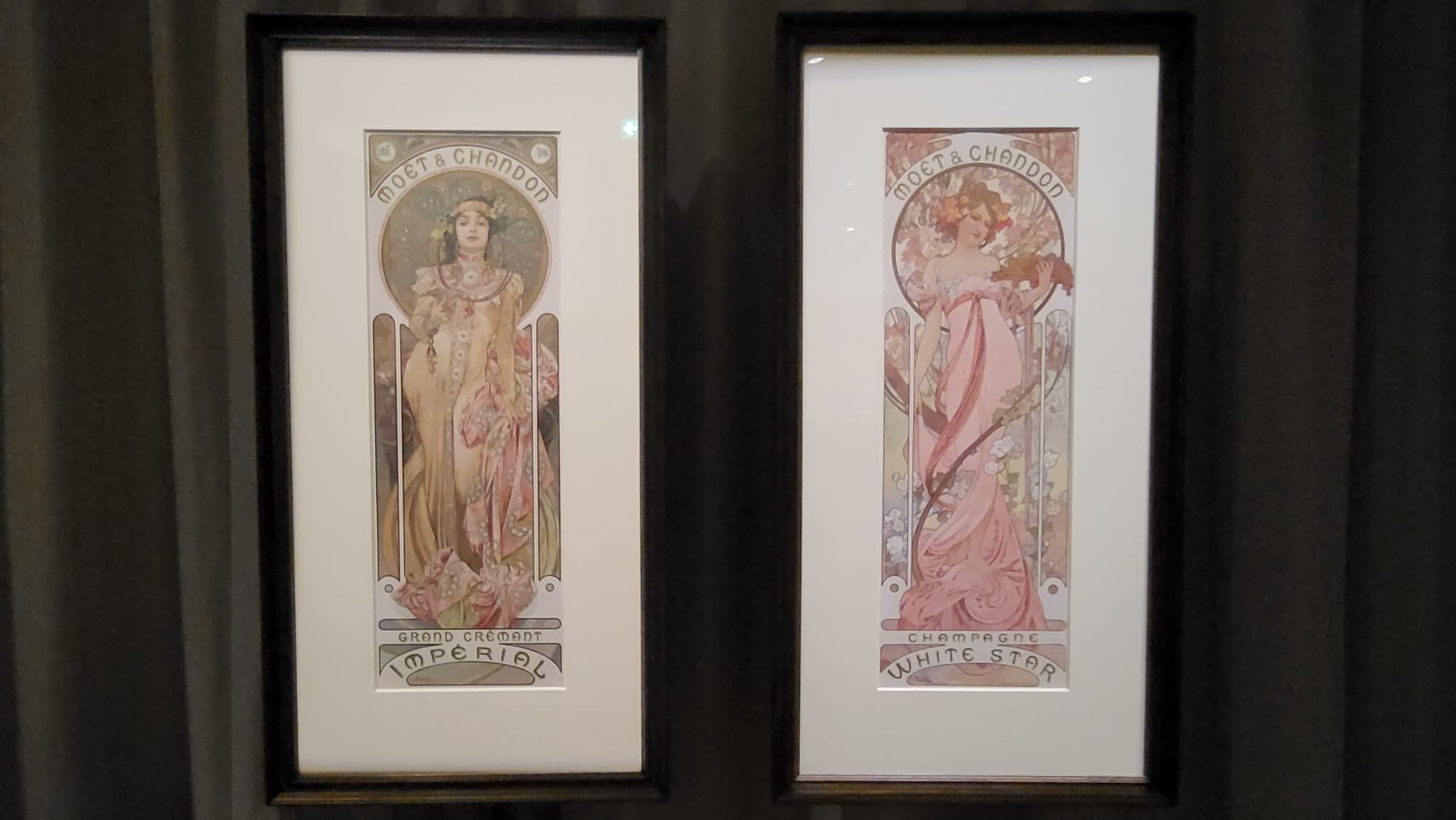
Left to Right: Nestle Poster and Moet & Chandon Poster
Mucha’s dream of becoming an artist had been realised at last, even fathering the Art Nouveau movement, a new style of art characterised by flowing lines, organic forms, and intricate designs inspired by nature. Nonetheless, his fortune was unwilling to protect him from the unfolding foggy future of political turmoil.
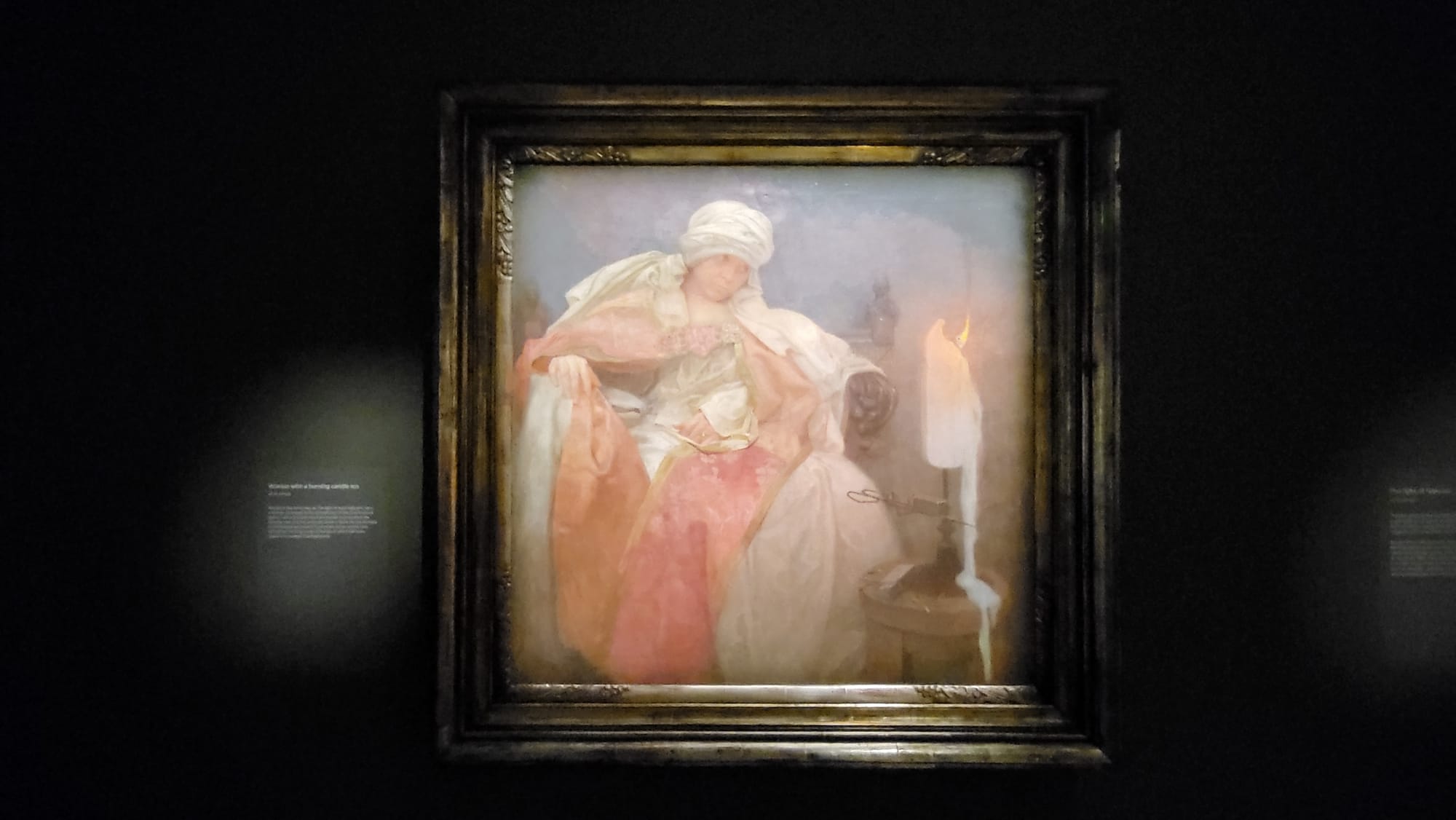
As time passed, love of Art Nouveau shifted to a darker, new tension: the political dynamite waiting to be ignited in Germany. The Nazi Party’s intentions were poisonous to countries their ideals came across: Czechoslovakia was no different, changing into a large blob of red taken over by the Wehrmacht Army (German Army). Mucha changed his style of art from his light, joyful artworks to a darker tone, remaining true to nationalism. Painted as a source of hopeful visual and mental deterrent against the foreign ideals of the Nazi Party, Mucha’s Slav Epic was his biggest and most notable art series ever, uniting 12 Slavic peoples together in 20 paintings. He also painted Woman in the Wilderness, depicting a peasant woman in the snow on the brink of collapse surrounded by 3 wolves, their yellow eyes glinting in the dark. However, a single star shines above her head: a ray of hope.
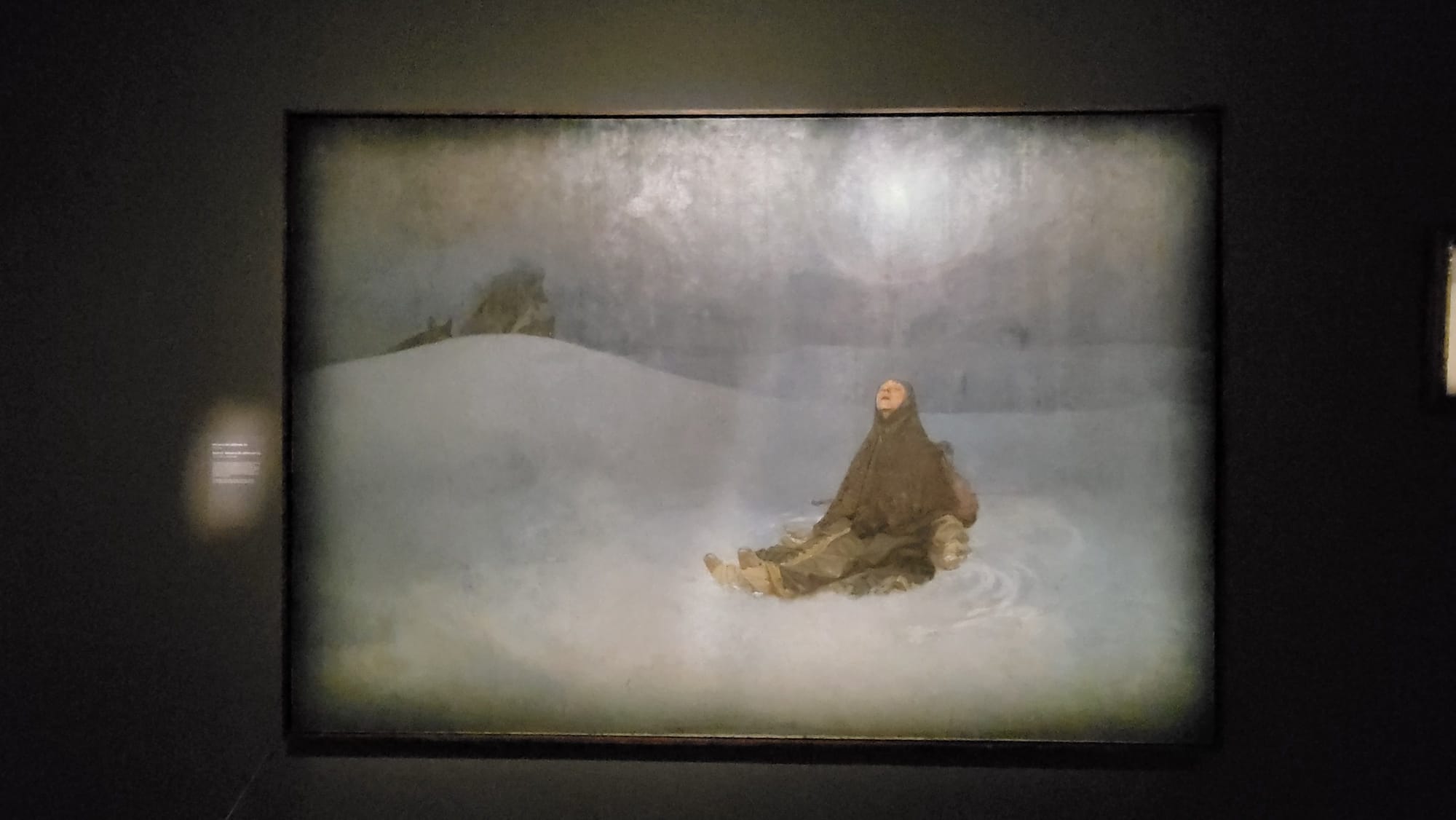
While Mucha’s paintings achieved a limited amount of fame, Mucha fell prey to the sharp eyes of the Nazi secret police. As a Slav nationalist, all of Mucha’s files in the Nazi archive were stamped with ‘prime suspect’. He was arrested, interrogated for two days, and then released. Yet, Mucha’s health broke under custody, and ten days short of his 79th birthday, Mucha had gasped his last breath and succumbed to pneumonia. Fortunately, his children stowed all of Mucha’s artworks, the sole remaining possession left of their father, from the prying eyes of Nazi forces. Mucha’s artworks were a light guiding the Slavic people: a light that never flickered. Mucha and his paintings continue to serve as a star of inspiration and hope: the future Mucha’s final moments with his paintbrush had painted.
Alphonse Mucha, synonymous with the Art Nouveau movement, had come from unremarkable backgrounds, yet achieved his dream of being a painter, introducing a new style and era of art in the process. When Czechoslovakia was being occupied by Nazi forces, Mucha, instead of opting for successful contracts with commercial companies, had stuck true to his country’s freedom and ideals, aware of the consequences. And with one final, defiant stroke, Mucha proved that even amid deep shadows, art remains our everlasting light.
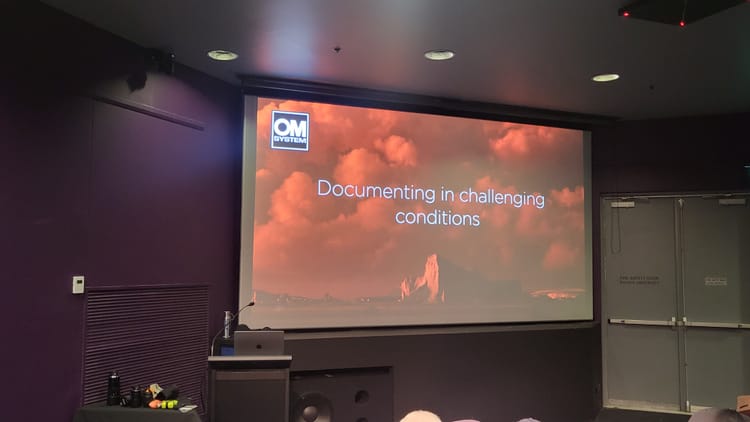
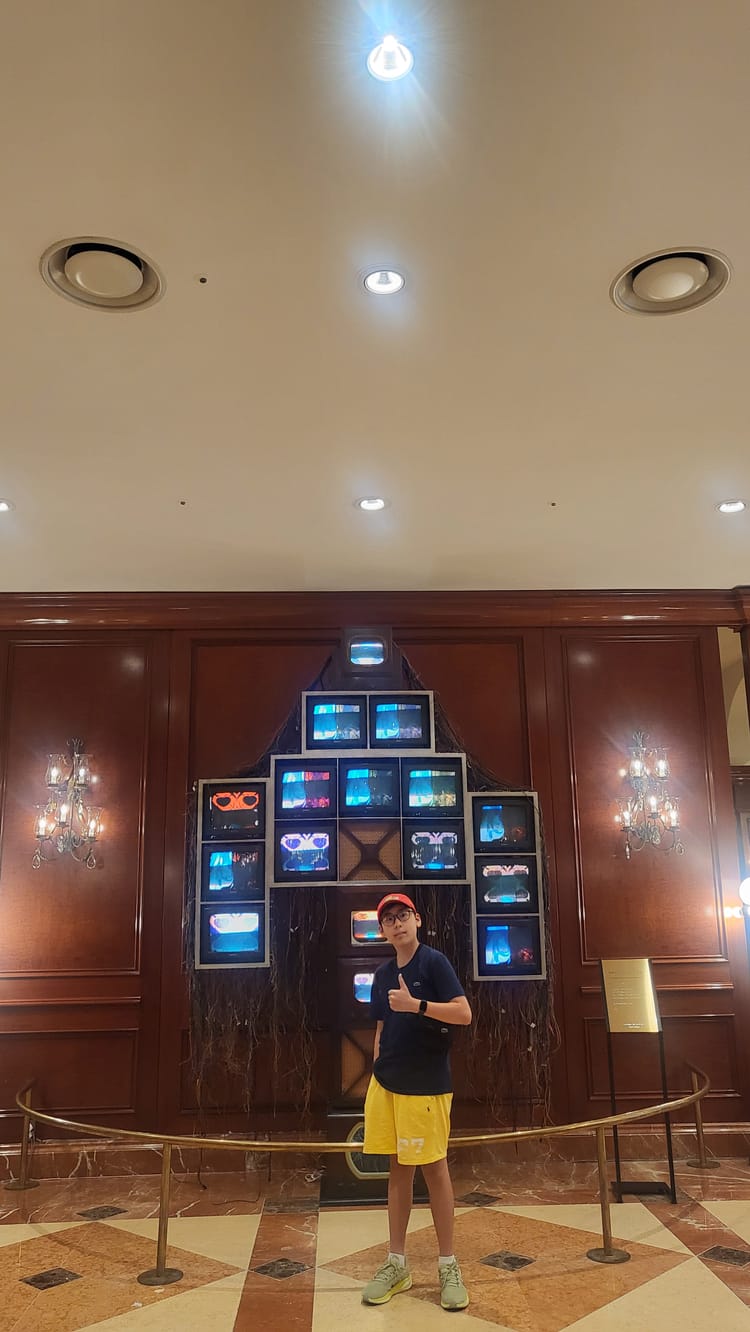
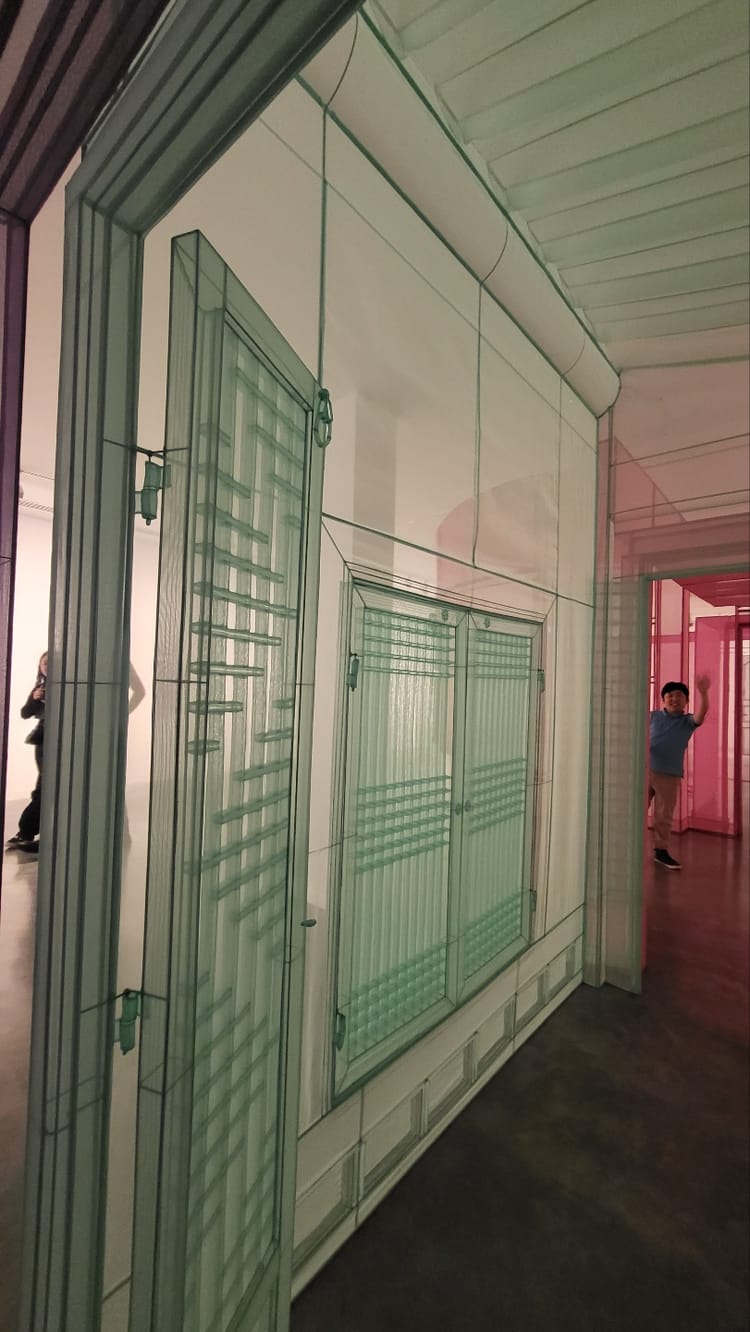
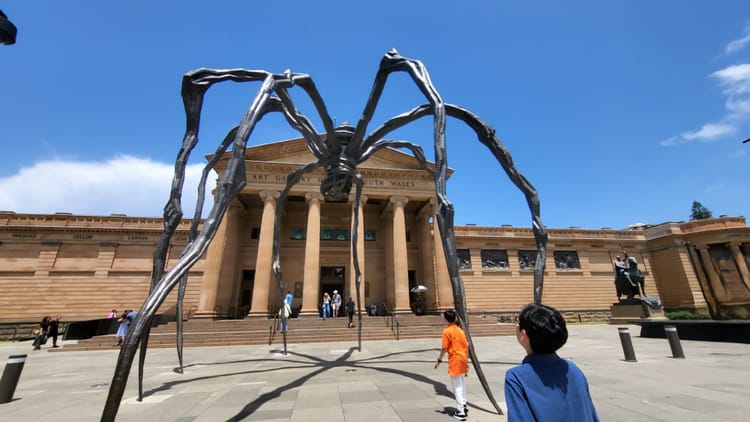

Member discussion